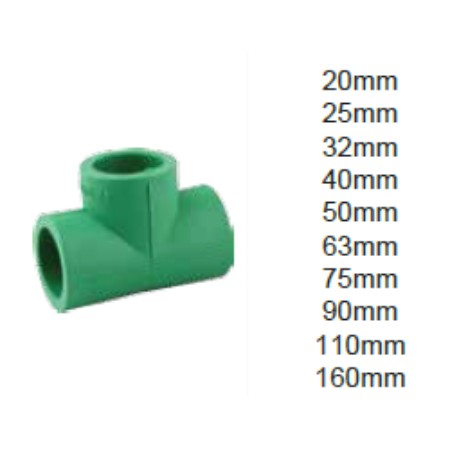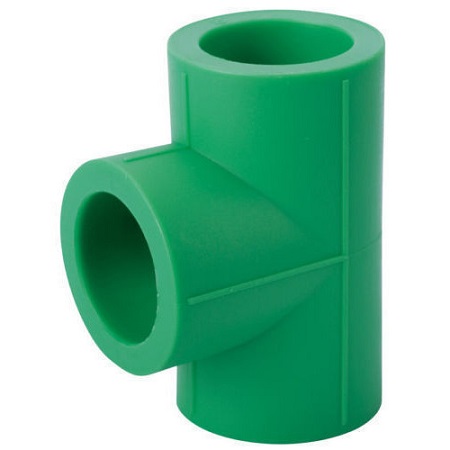PPR Equal Tee
PPR Equal Tee
In piping systems using PPR (polypropylene random copolymer), a PPR Equal Tee is a particular kind of plumbing fitting. The fitting is known as a "equal tee" because each of its three ends can accommodate the same amount of flow through each of its three openings.
Because PPR pipes and fittings are lightweight, strong, and resistant to corrosion and chemicals, they are frequently utilized in plumbing and heating systems in residential and commercial structures. To distribute fluids or gases throughout the piping system, the PPR Equal Tee is commonly used to join three pipes of the same size at a 90-degree angle.
.jpg)

 Cash on delivery available
Cash on delivery available Returns allowed
Returns allowed
2.jpg)
